Since 2002 the name Supra he lived off the fame of the A80 generation, which fed many tuners around the world. It became a tuning favorite, as its 3.0 inline six-cylinder engine could withstand almost anything, even preparations that drove it to insane 1000 hp. I've never driven any of these versions, but I was lucky enough to drive a standard A80 on a trip to Japan sometime in the nineties.
If the low front and the high wing still have their impact, twenty years ago the Toyota Supra respect. The cabin was relatively contained for such a large car, but the driving position was on point, with all the secondary controls snugly around the driver, like a fighter plane.
In the trip's program, the Supra test was just a brief note, not least because the car was no longer new, but the Toyota men had justified their pride in it and insisted that journalists try it out. The idea was to take a few laps around an oval track at a Toyota test center, which you couldn't draw many conclusions from.
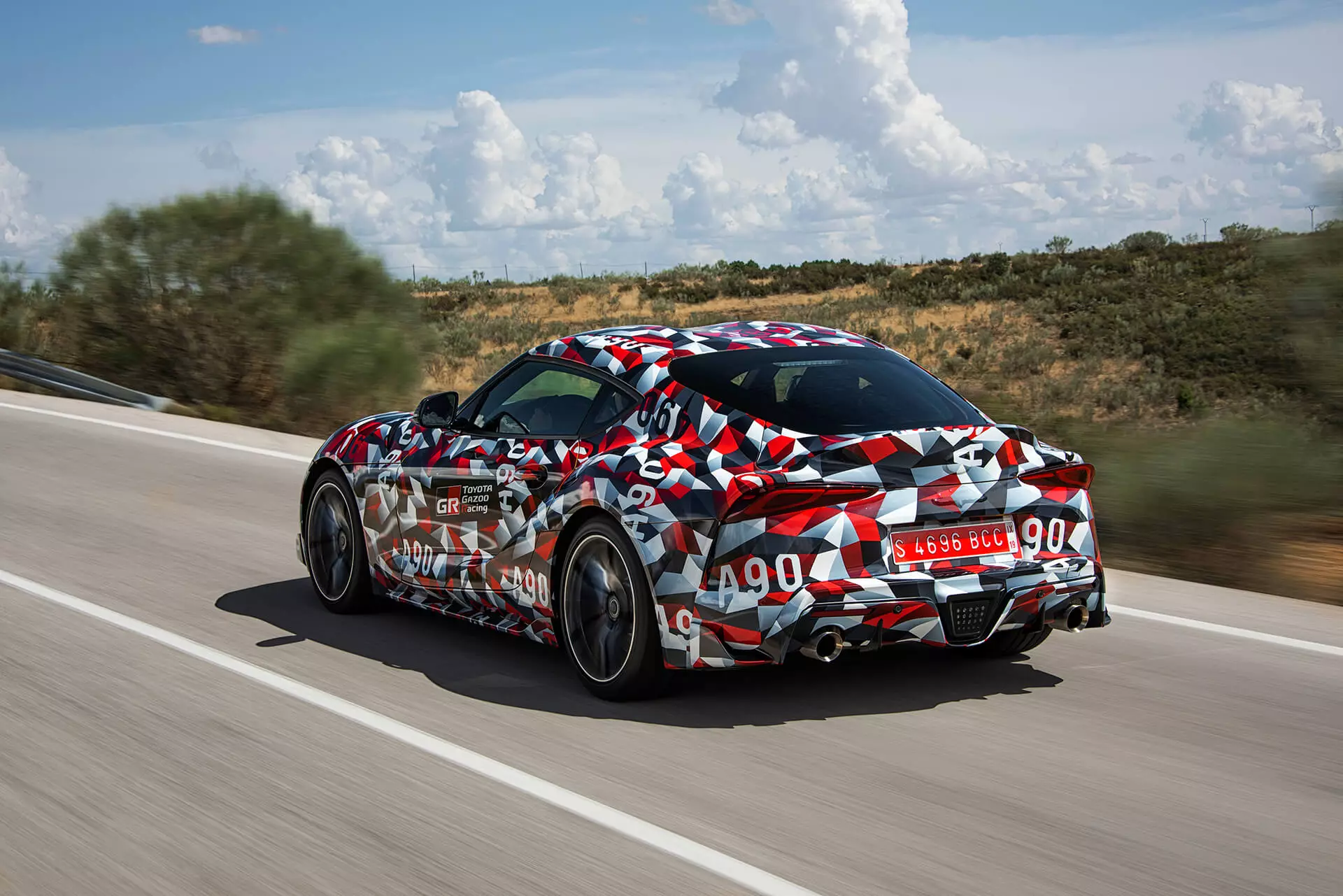
I remember the glow of the engine as the two turbos kicked into action and unceremoniously pushed the Supra forward. The 330 hp of the 2JZ-GTE could reach 100 km/h in 5.1s, but the unit I drove was limited to 180 km/h, following the laws of the Japanese market at the time. Once I got to that speed, which in the oval didn't even take a quarter of a lap, the rest of the laps were over that limit. On the access roads I could still provoke the rear a little, but not much, as I was accompanied in the car by a nervous Toyota technician.
twenty years later
“Fast-forward” for 2018 and now I'm on the Spanish Jarama circuit, an old-fashioned track, with fast corners and short escapes, blind humps, steep descents and slow corners with variable radii, which force you to study trajectories. Next to me I have Abbie Eaton, who is coaching, so I can get the most out of Supra in the few laps I'm entitled to. Her style is more of giving orders than advice, like "deep down now!" a precious help to be able to concentrate more on the car and less on the track. Despite being much younger than me, she must know what she's talking about, as she successfully participates in the “British GT Championship”.
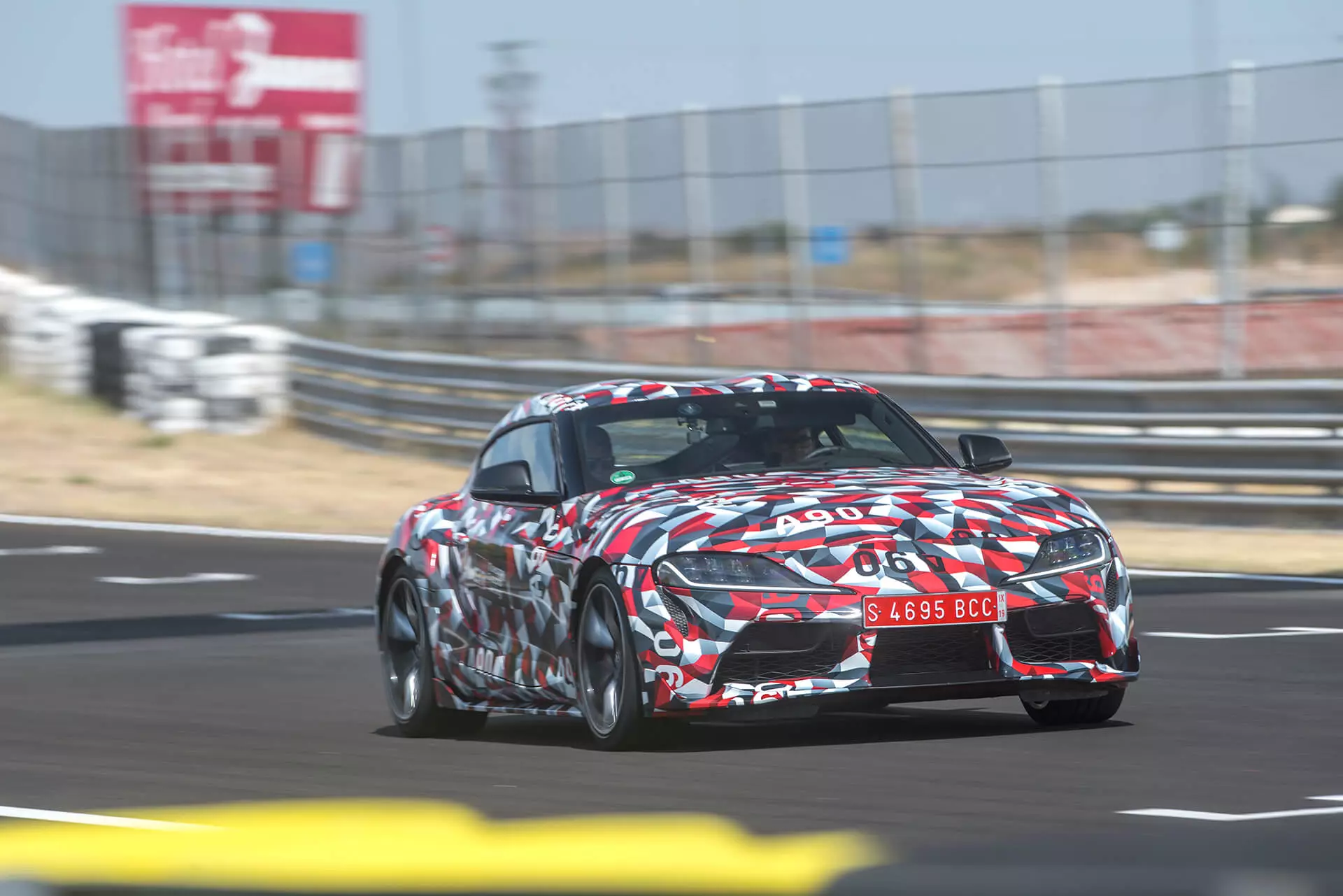
The track has the usual cones indicating the braking zones, the rope points and blocking wrong trajectories that could end badly. But Miss Eaton's voice is more efficient and encourages me to do a second round much faster than the first, in which I had been accompanied by a quieter instructor. The supercharged in-line six-cylinder BMW engine is known from other models of the German house finished in M40i.
Toyota, through Gazoo Racing, did its calibration and only says that it has more than 300 hp, but it should have the same 340 hp as the Z4. It's not believable otherwise, for two models that will share the same engine, the same platform, built on the 5 and 7 Series steel and aluminum CLAR architecture and the same Magna-Steyr factory in Graz, Austria. The eight automatic gearbox, with paddles on the steering wheel, is also the same, supplied by ZF.
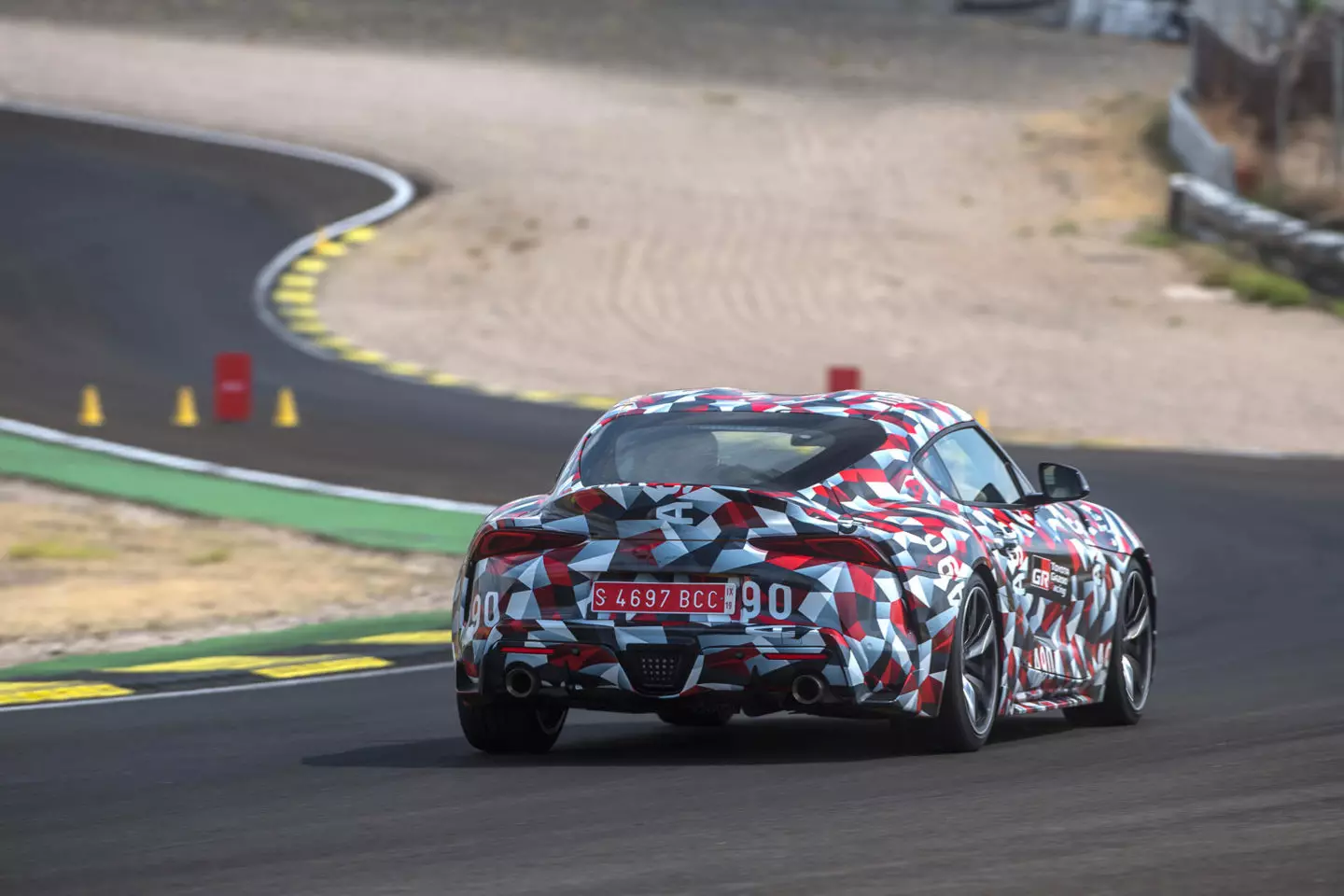
In Jarama, I keep increasing the pace. The steering is precise without being nervous, Eaton tells me not to take my hands off the “nine and a quarter” position and in fact, it's not. The front tires stick in the renewed asphalt of the track and make it easy to point the car towards the right trajectory. With a few more laps and I'm already exaggerating and going into a slight understeer. But the 50% weight distribution per axle makes it easy to change attitude, with steering wheel and throttle play having immediate effects on the car's stance on the track: a little understeer, takes the throttle off; a little oversteer, a little counter-steering and accelerating. Here, too, the high rigidity of the structure is noted, which Toyota says is on par with the carbon “coke” of the Lexus LFA supercar.
What Toyota Asked BMW
Toyota's requests to BMW to have a 1.6 ratio between the wheelbase (short) and the lanes (wide) had an effect, as did the low center of gravity, which manages to stay closer to the ground than on the GT86. When you have such a starting point, it's no wonder the chassis feels capable of handling more power. What Tetsuya Tada, the project's chief engineer, confirmed to me: a GRMN version is in gear, being able to use the engine of the new M2 Competition, with 410 hp, I say.
Tetsuya Tada, Chief Engineer of Toyota SupraThere are three main elements that determine the performance of this car, which are the short wheelbase, the wide lanes and the low center of gravity. And this is totally different from the previous Z4. So we made a lot of requests to BMW to change in order to have these three elements as we wanted.
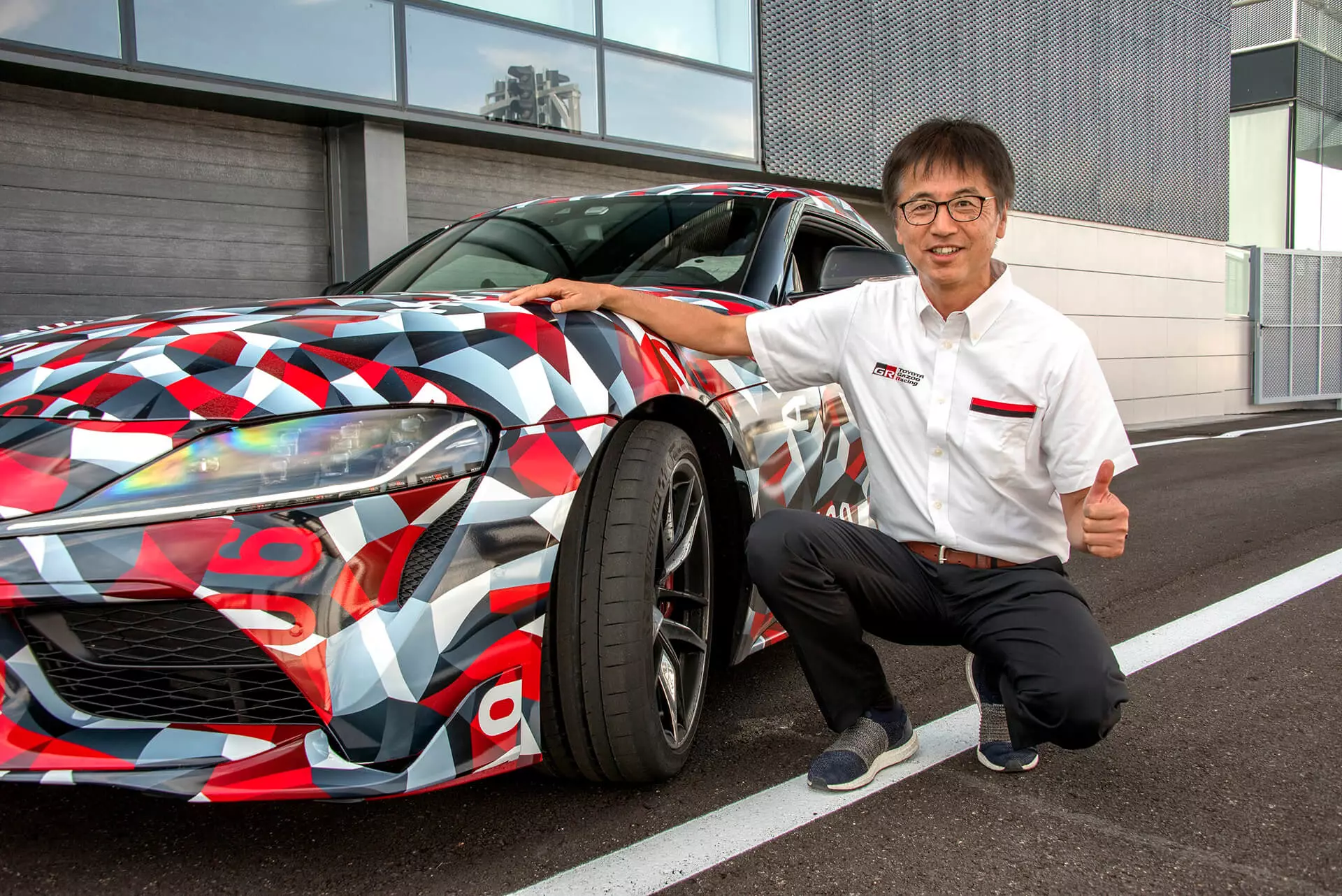
Four cylinders in a Supra?
Toyota Supra has always been synonymous with six cylinders, but a less powerful version of the Supra is confirmed, with a 2.0 turbo four-cylinder engine and 265 hp — should they call it Celica? A convertible, like the Z4, is not in the plans, at least for now.
The car I'm driving is a unit of only four existing prototypes, so Toyota didn't let it use the Track mode (which makes ESP more permissive) let alone turn off the stability control, which ended up coming into action several times. times. But left to use the Sport driving mode, which alters the throttle response, steering assistance and damping. The Supra's movement control is very precise, even in very fast corners where the front stabilizer bar with a specific anchorage limits understeer. In the violent braking at the end of the straight, where it reached over 220 km/h, the four-piston Brembo brakes resisted well, but with an initial attack that could be more decisive.
The automatic transmission, in manual mode, is fast but not always obedient to the tabs to reduce, maybe I was asking for what I shouldn't. The suspension setting is not that of a track day car, far from it, but it is competent enough not to destroy the Michelin Pilot Super Sport (specific for the Supra) and give pleasure to driving on the track. It would have been more fun if it had been possible to see how the active limited-slip differential behaves when turning in a “drift”, the Toyota men say, with a broad smile, that they have tuned it for this. Next time maybe…
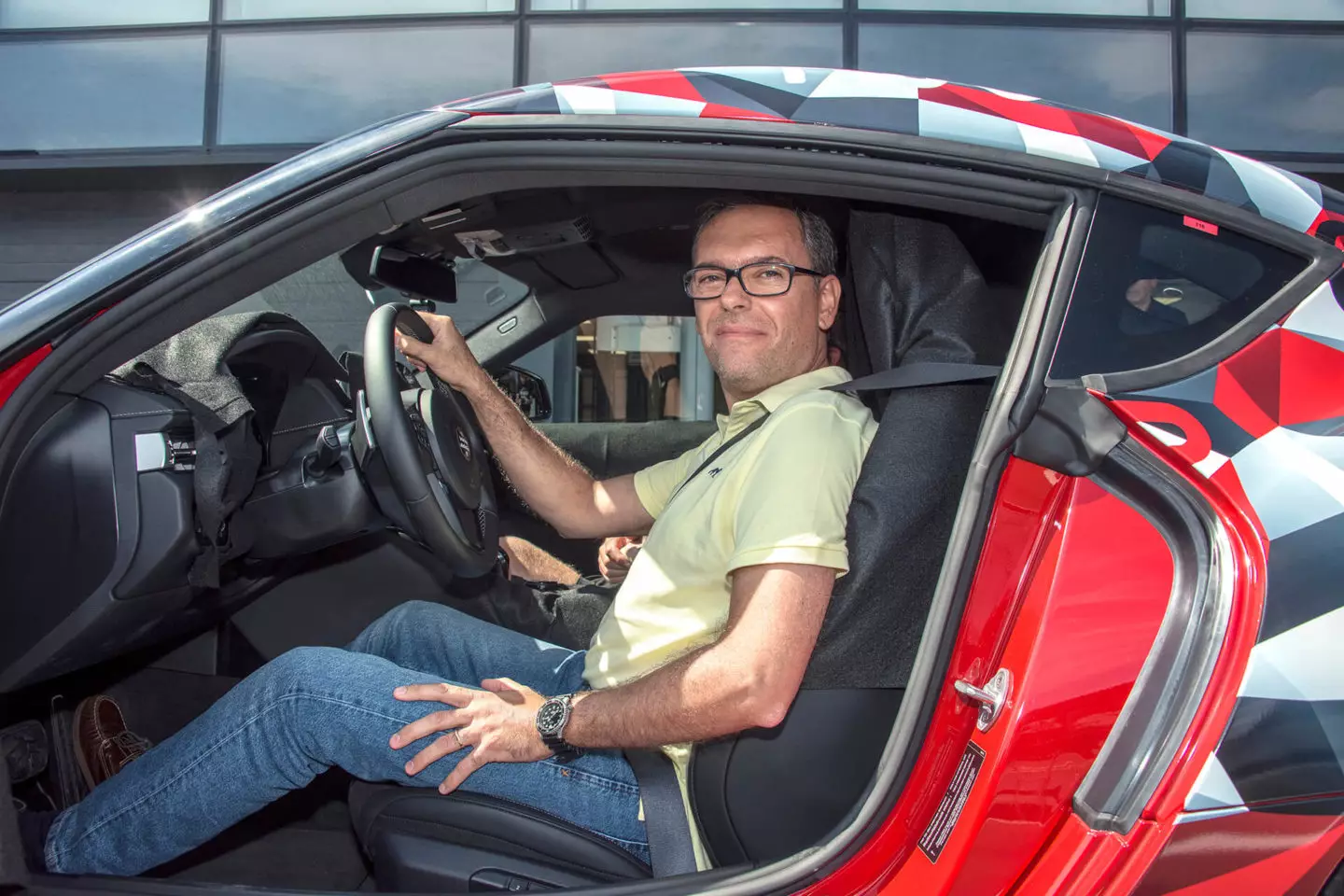
The most anticipated moment…
“O” BMW engine
The in-line six-cylinder engine, a BMW specialty for decades, can only be said well. Very elastic at low speed, with strong torque above 2000 rpm and then with a full force end tip that is worth taking until you cut at 7000 rpm. Not all supercharged engines are like this. As expected, it's also very smooth, vibration-free, but Toyota men are sorry that, because of pollution regulations, it can't make a sportier sound. It's serious and powerful, but not spectacular.
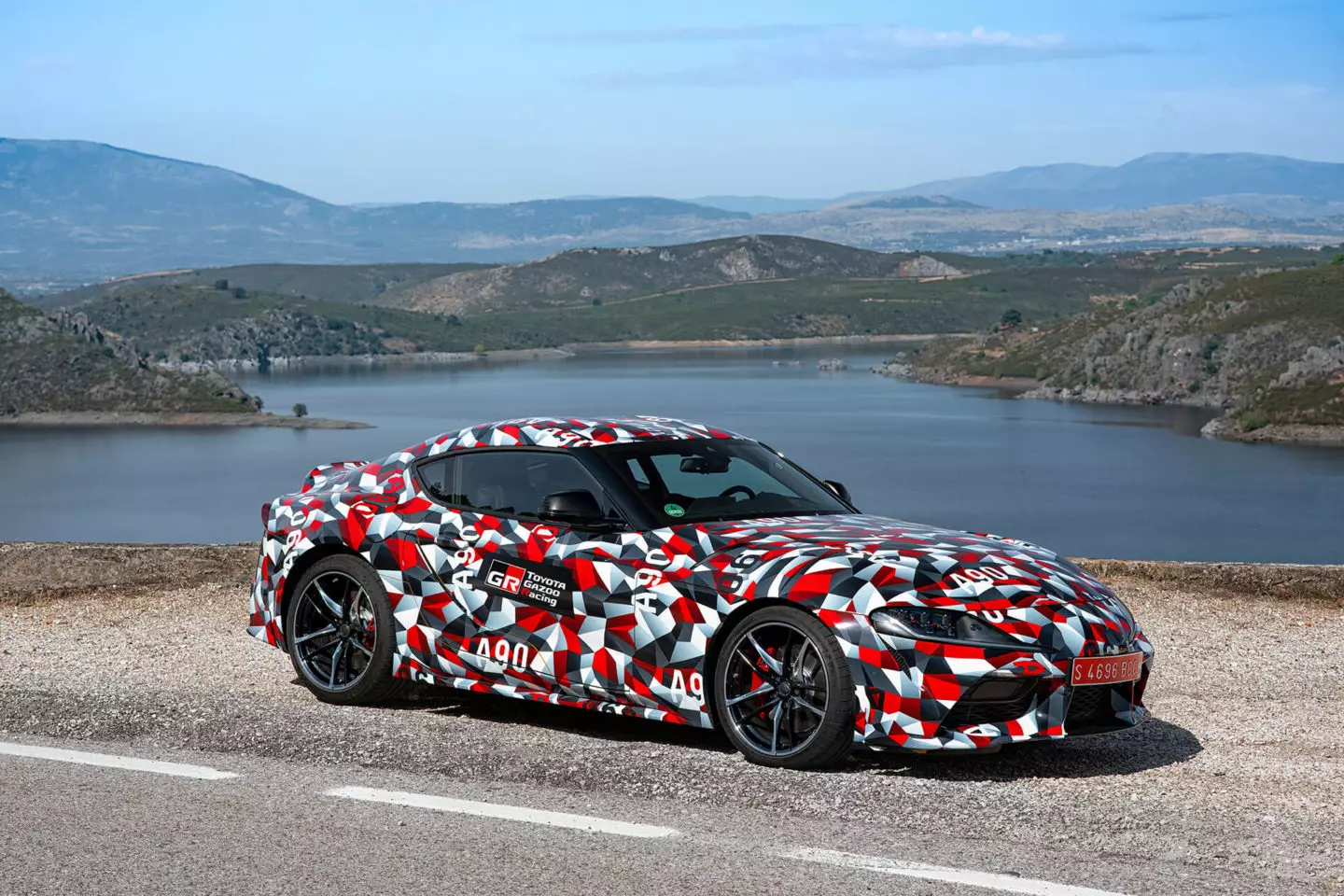
After the track, the road. Project engineers say they spent a lot of time driving on long road trips to ensure the Toyota Supra is also a competent grand tourer. In the few kilometers I did on the highway, now with the suspension in normal mode, you came to see that the damping is quite refined, passing over imperfect ground without disturbing the driver and passenger. Steering showed excessive sensitivity around the neutral point, but this could be a matter of unfinished calibration. From now until the start of production, many adjustments of this type can still be made.
The six-cylinder in-line reigns at your leisure in these territories, with a purr that serves as a soundtrack for effortless progression. The cabin is “fair”, as you'd expect — there are bumps on the roof, to add a few millimeters of height. It's not yet time to talk about the quality of the materials, as the entire dashboard was covered, except where you needed to access the essential buttons, almost all of BMW origin, including the iDrive, the gearbox lever and the column rods. direction.
short and sporty
Of course the driving position is low, but not too low and the steering wheel is very well positioned, almost vertical. The seat is comfortable and gives good lateral support when cornering. And they arrived! The route that Toyota chose included secondary roads of various types, with straights as far as the eye could see, where the six-cylinder could express itself in its fullness, in other words, in depth!… But also narrower chains, where the Supra's agility remained once again proved.

Eurospec
In Europe, Supra 3.0 comes standard with adaptive damping suspension, 7 mm lower than normal, and active self-blocking.
Without the “stress” of the track, the fast driving on winding road showed that the Sport damping works very well, even on imperfect ground, being able to leave the normal mode, just for when you want to roll with more comfort. The double-acting springs and variable stops here provide an opportunity to show you how to deal with poor pavement, fast turns or both at the same time. Traction is never an issue, even on the tightest hooks, with the Toyota Supra taking everything it has to the ground and hinting at small drifts before the ESP kicks in.
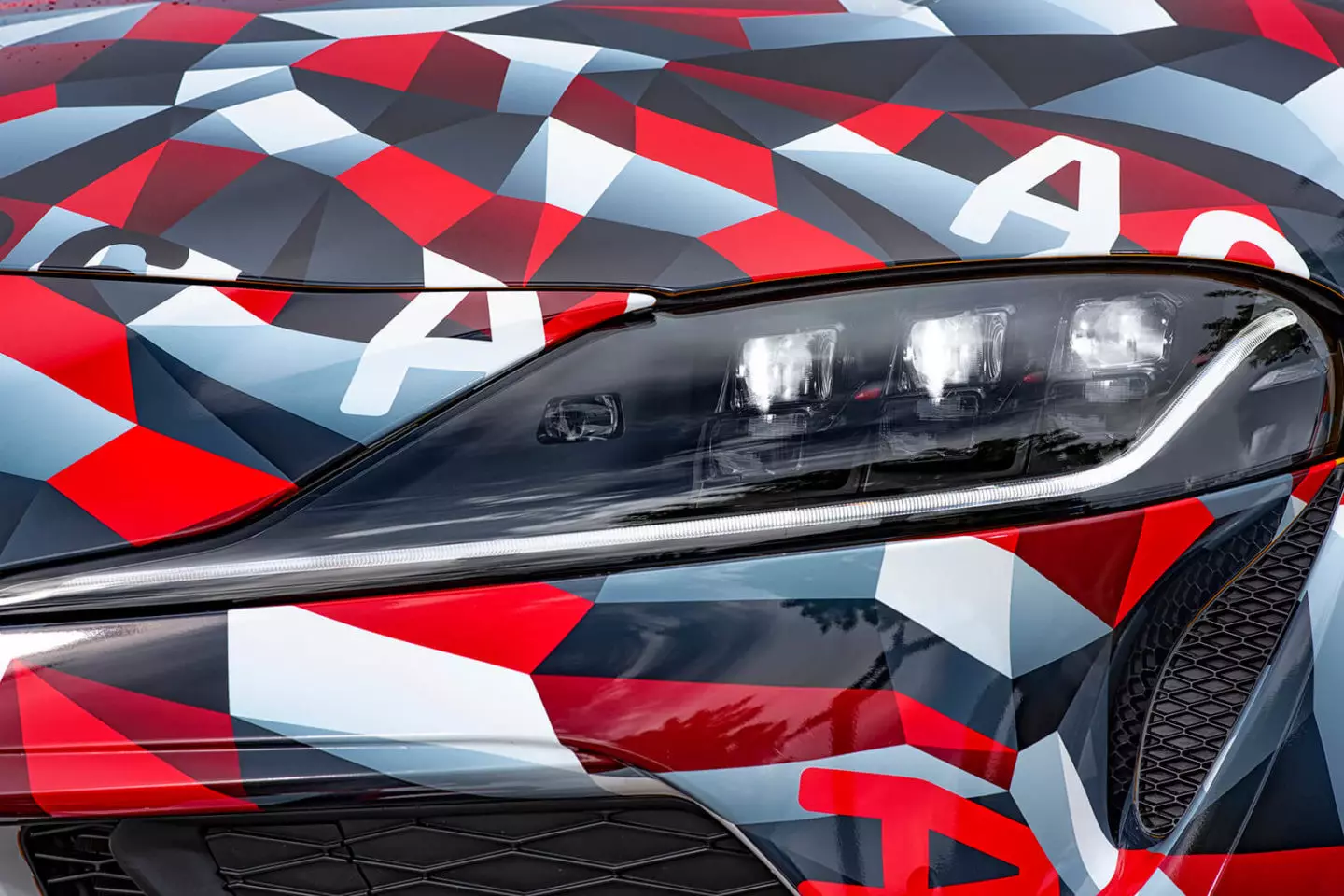
Conclusions
Toyota's big issue with the Supra was to avoid the GT86/BRZ effect, two twins that are distinguished only by the grille and emblems. In this agreement with BMW, the aesthetic differentiation seems evident. The execution of the plan was achieved at the dynamic level, of that there is no doubt, placing the Supra in a segment in which the Porsche 718 Cayman S is the reference. The Supra will not be such an extreme product, but it is a competent, fun and complete sports car.
Regarding the price, Toyota did not announce the price, but positioning the Supra as a rival to the 718 Cayman S (and also the BMW M2 or Nissan 370Z Nismo), we estimate that it could cost around 80 thousand euros, when it arrives, at the beginning of the next year.
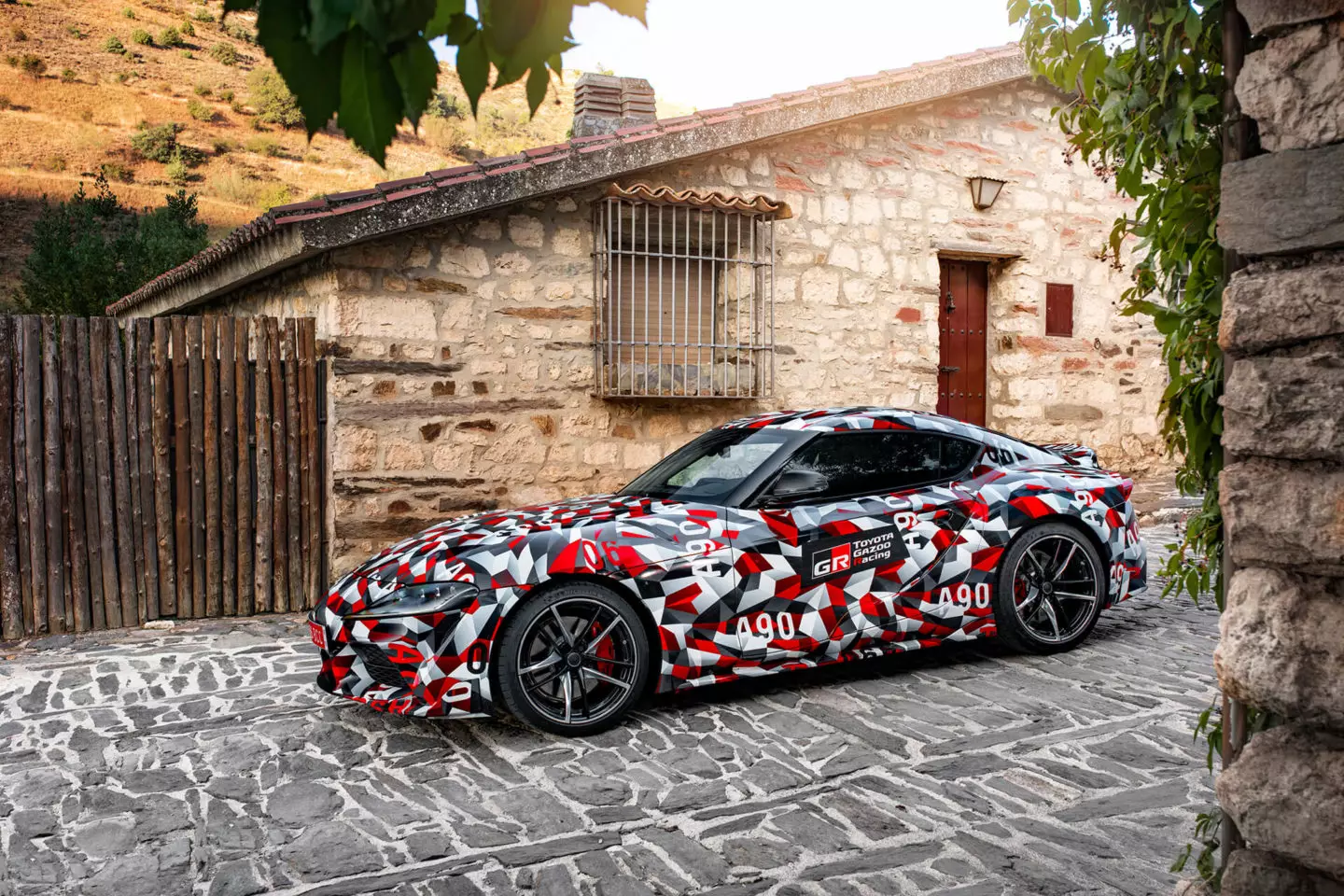
Datasheet
| Motor | |
|---|---|
| Architecture | 6 cylinders in line |
| Capacity | 2998 cm3 |
| Position | Longitudinal, front |
| Food | direct injection, twin-scroll turbo |
| Distribution | 2 overhead camshafts, 24 valves, dual phase changer |
| power | 340 hp (estimated) |
| Binary | 474 Nm |
| Streaming | |
| Traction | rear with active self-blocking |
| Gear box | automatic eight |
| Suspension | |
| Front | Overlapping arms, adaptive dampers |
| back | Multiarm, adaptive shock absorbers |
| Capabilities and Dimensions | |
| Comp. / Width / Alt. | 4380 mm / 1855 mm / 1290 mm |
| Dist. wheelbase | 2470 mm |
| trunk | not available |
| Weight | 1500 kg (approximate) |
| Tires | |
| Front | 255/35 R19 |
| back | 275/35 R19 |
| Consumption and Performances | |
| Average consumption | not available |
| CO2 emissions | not available |
| Max speed | 250 km/h (limited) |
| Acceleration | not available |
